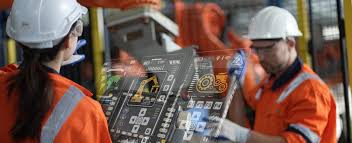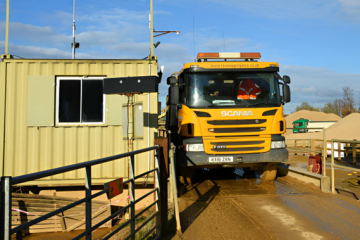In an era of technological advancement and environmental consciousness, the construction industry stands at the forefront of innovation. Traditional methods give way to modern solutions prioritizing sustainability, efficiency, and durability. From materials to techniques, every aspect of construction is being reimagined to meet the demands of tomorrow. Solutions like pre engineered metal buildings are increasingly embraced for their versatility, speed of construction, and cost-effectiveness. This article dives into some of these modern construction solutions shaping the landscape of today and tomorrow.
Sustainable Materials:
One of the most significant shifts in modern construction is the widespread adoption of sustainable materials. Traditional building materials like concrete and steel are being supplemented and in some cases replaced, by eco-friendly alternatives. For instance, bamboo is gaining popularity due to its rapid growth, strength, and renewability. Additionally, recycled materials such as reclaimed wood and recycled plastic are being utilized to reduce environmental impact. These materials lessen the carbon footprint and contribute to healthier indoor environments.
Prefabrication and Modular Construction:
Prefabrication and modular construction techniques are revolutionizing the way structures are built. Instead of constructing components on-site, these methods involve manufacturing modules in a controlled environment and assembling them on-site. This approach minimizes construction time, reduces waste, and enhances quality control. Moreover, modular construction allows for greater flexibility and scalability, making it ideal for projects of varying sizes and complexities.
Transforming Construction with Innovative Technology:
The emergence of 3D printing technology has ushered in fresh possibilities for the construction sector. Large-scale 3D printers can create entire building components with precision and speed. This technology enables architects and designers to explore intricate designs that were once impractical or cost-prohibitive. Furthermore, 3D printing reduces material waste and labor costs while offering customization options that cater to specific project requirements. As the technology matures, 3D printing is poised to become a mainstream construction method, revolutionizing the industry.
Green Building Practices:
Green building practices aim to decrease the environmental impact of construction projects while maximizing resource efficiency. This approach encompasses various strategies, including energy-efficient design, passive solar techniques, and renewable energy integration. Buildings constructed with green principles consume less energy and contribute to improved occupant comfort and well-being. Furthermore, certifications such as LEED (Leadership in Energy and Environmental Design) give a framework for assessing and recognizing sustainable building practices, driving industry-wide adoption.
Smart Construction Technologies:
Integrating smart technologies is transforming conventional construction into intelligent, data-driven processes. IoT (Internet of Things) devices embedded within buildings enable real-time monitoring of performance metrics such as energy consumption, indoor air quality, and occupancy patterns. By leveraging this data, stakeholders can make informed decisions to optimize building operations, maintenance, and occupant satisfaction. Additionally, AI (Artificial Intelligence) and machine learning algorithms can analyze vast amounts of data to identify patterns, predict potential issues, and streamline construction workflows.
Summing it Up:
As the world confronts climate change, urbanization, and resource scarcity, the need for modern construction solutions has never been more pressing. By embracing sustainability, innovation, and efficiency, the construction industry can play an important role in building a more resilient and livable future. Solutions such as pre engineered metal buildings offer a promising approach to addressing these challenges, providing flexible and sustainable structures that adapt to evolving needs. Each advancement brings us closer to realizing the vision of tomorrow’s built environment, from sustainable materials to smart technologies. As stakeholders collaborate and invest in these modern solutions, they not only future-proof their projects but also contribute to a brighter, more sustainable tomorrow.




